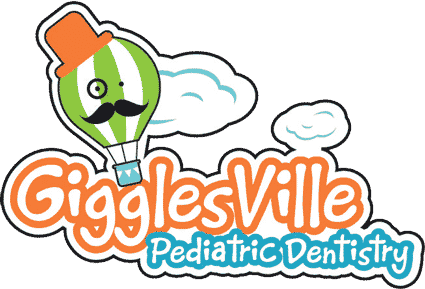Tongue Ties/Lip Ties in Infants
When you think of visiting a pediatric dentist, you probably always relate those thoughts back to your child’s teeth. But specialists like Dr. Lopez also help with soft tissue oral needs, such as tongue ties and lip ties in infants.
What is a Tongue or Lip Tie?
Although lip ties and tongue ties are two different things, they are almost identical in their causes. Each is the result of a tight, short, or dense strip of tissue in the middle of the mouth, either immediately behind the lip or just under the tip of the tongue. This tight strip of skin (“frenum”) restricts the movement of the lip or tongue.
Sometimes the severity of a lip or tongue tie can be so significant that it’s noticeable within hours of your baby’s birth.
Side-Effects of a Lip Tie, Tongue Tie in Babies
Without flexible range of motion in your lip or tongue, issues like speech become a major concern. But in infants, the impact is immediate. Many babies will struggle with latching to nurse or bottle feed, causing frustration on their part and the person feeding them. Babies often become fussy or frustrated, not eating enough. And if mother is breastfeeding, latching can be extremely painful.
The signs of a lip or tongue tie are typically easy to identify as long as you have a pediatrician, lactation consultant, or pediatric dentist who is able to peek into your child’s mouth.
How to Treat Them
Most lip and tongue ties can be treated in just one trip to our office. By releasing the tissue tension behind the lip or under the gum—a procedure we call a “frenectomy”— your child immediately benefits from improved range of motion. The tissue can be released by either a small tool to gently trim or laser the tight area so that it stretches further like it’s supposed to.
For infants, issues such as latching during feeding typically see an immediate improvement. Feeding usually becomes easier on everyone, including nursing mothers. Since the baby is able to open their lips wider and protrude their tongue forward more, sucking becomes more efficient and feedings are less stressful.
Mild to moderate ties may not require treatment, but severe lip and tongue ties ought to be addressed as early as possible.
Call our Edinburg Pediatric Dentist
One of the fastest ways to figure out if your baby has a tongue or lip tie is to visit a pediatric dentist. As an expert in children’s oral anatomy, pedodontists like Dr. Lopez can quickly assess your child’s soft tissues to determine if there is a “tie” that needs to be correct.
If your baby, toddler, or older child has a suspected lip tie or tongue tie, feel free to request an exam. Even if your baby is a newborn. Gigglesville Pediatric Dentistry will work to answer all of your questions and provide your child with the gentlest care experience possible. Relief is just a phone call away. Contact our Edinburg office today for an appointment.
